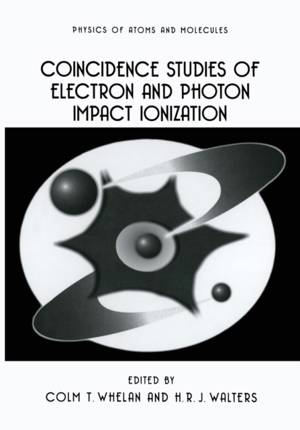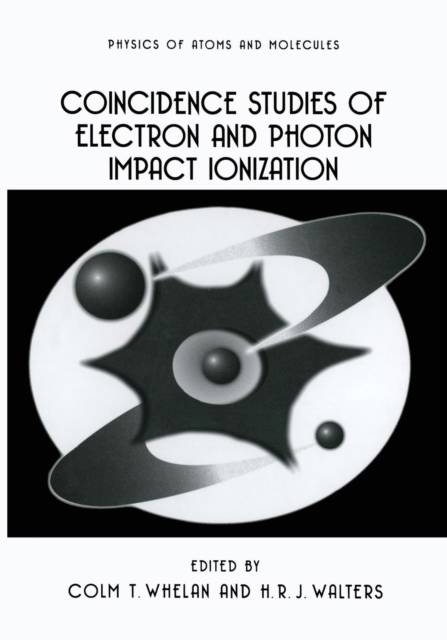
- Retrait gratuit dans votre magasin Club
- 7.000.000 titres dans notre catalogue
- Payer en toute sécurité
- Toujours un magasin près de chez vous
- Retrait gratuit dans votre magasin Club
- 7.000.000 titres dans notre catalogue
- Payer en toute sécurité
- Toujours un magasin près de chez vous
Coincidence Studies of Electron and Photon Impact Ionization
153,95 €
+ 307 points
Description
The great advantage of coincidence measurements is that by suitable choice of the kinematical and geometrical arrangement one may probe delicate physical effects which would be swamped in less differential experiments. The measurement of the triple dif- ferential and higher-order cross sections presents enormous technical difficulties, but refined experiments of this type provide an insight into the subtleties of the scattering process and offer a welcome, if severe, test of the available theoretical models. The last few years have been an exciting time to work in the field and much has been learned. Profound insights have been gleaned into the basic Coulomb few body problem in atomic physics: the experimental study of the fundamental (e,2e) processes on hydrogen and helium targets continues to add to our knowledge and indeed to challenge the best of our theoretical models; significant advances have been made in the understanding of the "double excitation problem," that is the study of ionization processes with two active target electrons: important measurements of (e,3e), (, ), 2e), excitation-ionization and excitation autoionization have been reported and strides have been made in their theoretical description; the longstanding discrepancies between theory and experiment for relativistic (e,2e) processes were resolved, spin dependent effects predicted and ob- served and the first successful coincidence experiments on surfaces and thin films were announced. Theory and experiment have advanced in close consort. The papers pre- sented here cover the whole gambit of research in the field. Much has been achieved but much remains to be done.
Spécifications
Parties prenantes
- Editeur:
Contenu
- Nombre de pages :
- 322
- Langue:
- Anglais
- Collection :
Caractéristiques
- EAN:
- 9781475797534
- Date de parution :
- 03-05-13
- Format:
- Livre broché
- Format numérique:
- Trade paperback (VS)
- Dimensions :
- 178 mm x 254 mm
- Poids :
- 585 g






